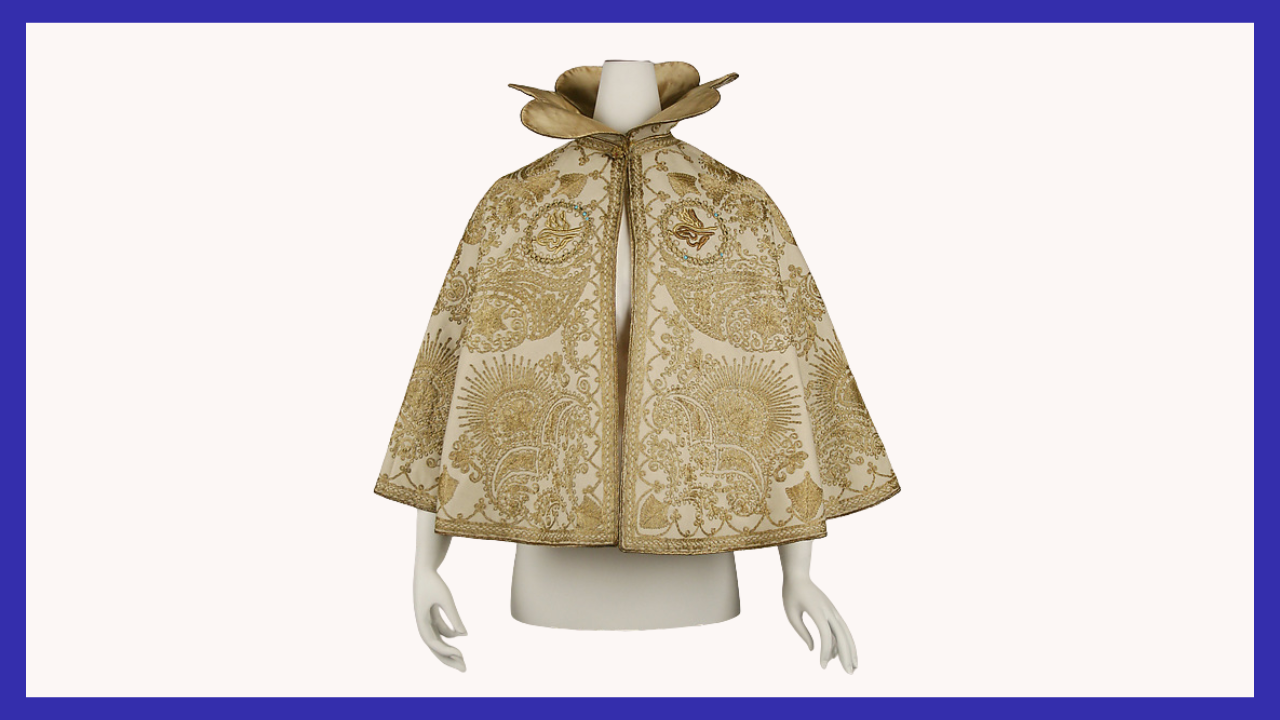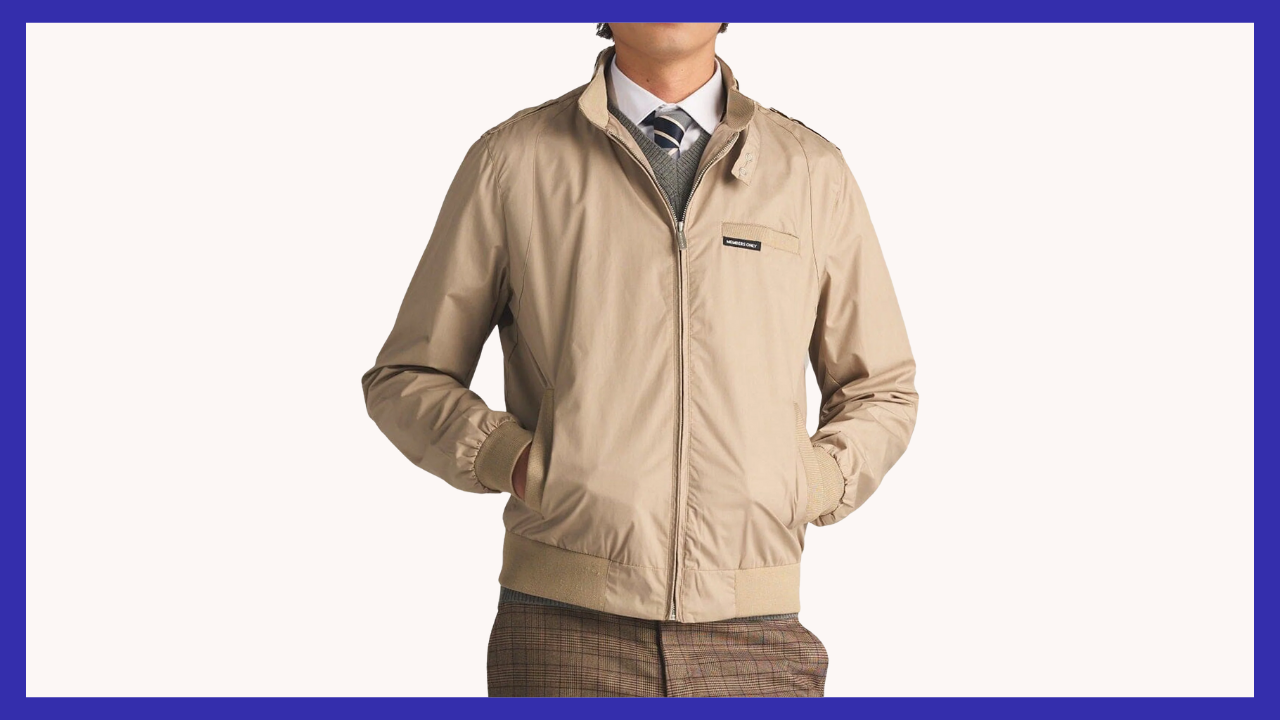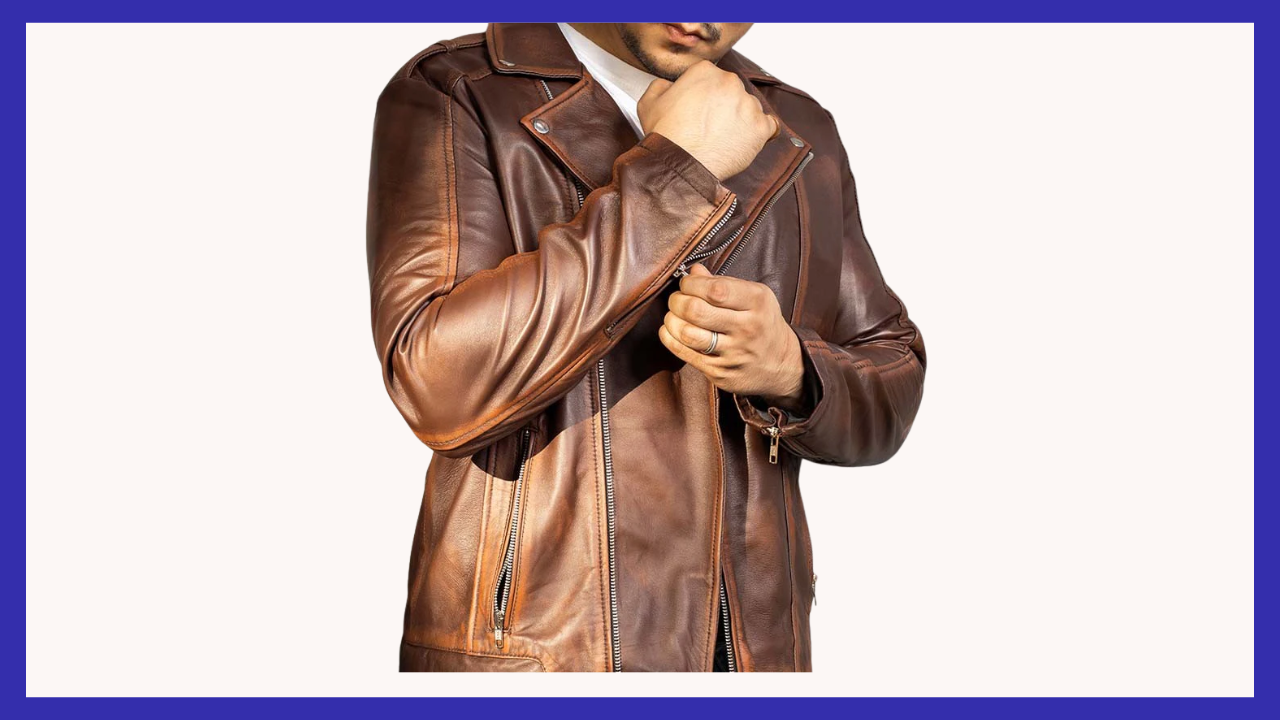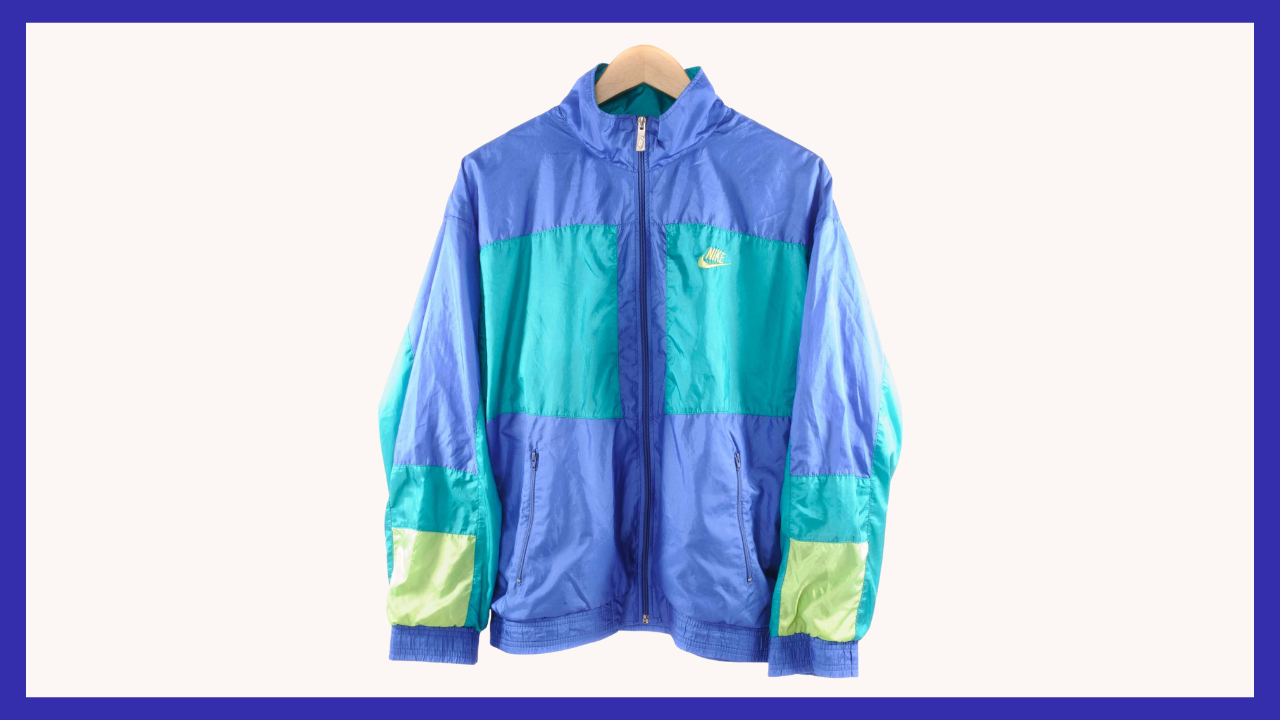AllVintageStyles
The Ultimate Vintage Fashion Encyclopedia
Cape Coat

Formal coat with attached cape overlay, combining traditional coat construction with flowing cape elements for theatrical Victorian-era outerwear.
Quick Facts
- Era: 1890s (peak popularity 1890s-1920s)
- Origin: Europe/America (Victorian formal wear and theatrical fashion influence)
- Garment Type: Dramatic formal outerwear with cape attachment
- Key Identifiers: Attached cape overlay, formal coat construction, flowing silhouette, ornate closures
- Typical Resale Price: $200-$1200 (authentic vintage pieces)
- Best For: Victorian costume collectors, theater enthusiasts, dramatic fashion lovers
History & Evolution
Cape coats emerged during the Victorian era when women's fashion emphasized dramatic silhouettes and theatrical presentation. The style combined practical coat functionality with the romantic appeal of cape-wearing, creating garments suitable for formal social occasions and outdoor entertainment. Victorian society's fascination with Gothic revival and romantic literature influenced the adoption of cape-style garments that evoked historical and literary associations.
The 1890s and Edwardian periods established cape coats as essential formal wear for fashionable women attending theater, social events, and evening functions. The style represented sophistication and Continental fashion consciousness, appealing to women seeking distinctive alternatives to conventional coats and wraps. Department stores and dressmakers created versions ranging from simple attached capes to elaborate flowing designs with decorative trim and luxurious fabrics.
The 1920s saw simplified cape coat designs that maintained dramatic appeal while accommodating changing fashion preferences toward less restrictive clothing. The style survived primarily in evening wear and special occasion contexts throughout the mid-20th century. Contemporary fashion occasionally references cape coat elements, but vintage pieces remain superior in construction quality and authentic proportional relationships that reflect original Victorian dramatic fashion intentions.
Authentication Tips
Authentic 1890s-1920s Features:
- Hand-sewn cape attachment with period-appropriate tailoring techniques
- Heavy wool, velvet, or silk fabrics with substantial weight and quality drape
- Ornate closures including fur hooks, decorative buttons, or elaborate clasps
- Silk or quality cotton lining with period-appropriate construction methods
- Hand-finished seams and details with authentic Victorian or Edwardian craftsmanship
Common Reproductions/Modern Pieces:
- Machine-sewn cape attachment with modern construction techniques
- Lightweight synthetic fabrics or poor-quality natural fibers lacking authentic drape
- Simple modern closures without period-appropriate ornate details
- Cheap polyester lining or modern synthetic materials
- Simplified construction without authentic hand-tailored details and finishing
Styling & Use Cases
- Best for costume collectors: Combine with Victorian accessories for authentic period presentation at historical events
- Ideal for theater enthusiasts: Use for period productions requiring dramatic Victorian or Edwardian formal wear
- Perfect for special occasions: Wear to formal events where dramatic historical fashion is appropriate and celebrated
Modern styling tips:
- Treat as statement piece requiring minimal additional decoration to avoid overwhelming the dramatic silhouette
- Focus on period-appropriate accessories that complement rather than compete with the cape's flowing lines
- Consider the coat's theatrical nature when selecting appropriate occasions for contemporary wear
FAQ
Q: How can I tell if a cape coat is authentic Victorian construction?
A: Check for hand-sewn cape attachment with period tailoring, heavy wool or silk fabrics, ornate closures like fur hooks or decorative clasps, silk lining, and hand-finished seams typical of authentic Victorian formal wear manufacturing.
Q: What's the typical price range for vintage cape coats?
A: Authentic vintage cape coats range from $200-1200 depending on condition, fabric quality, and construction complexity. Elaborate Victorian pieces or those with documented provenance command premium prices among costume and theatrical collectors.
Q: How should I care for a vintage cape coat?
A: Professional conservation cleaning is recommended due to age and delicate construction. Store with proper support for cape elements to prevent stress on attachment points and fabric deterioration.
Q: What makes vintage cape coats valuable to collectors?
A: Extreme rarity of authentic Victorian examples, superior hand-tailored construction representing period dressmaking skills, cultural significance in dramatic Victorian fashion history, and theatrical appeal that maintains contemporary relevance in costume and fashion circles.
📷: Attire's Mind



